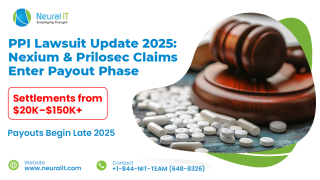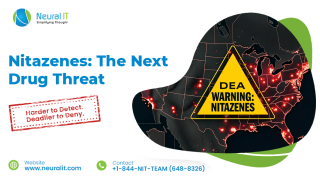SRI Gets FDA OK for High-Dose Naloxone Trial
SRI Gets FDA OK for High-Dose Naloxone Trial

Introduction
SRI has received authorization from the U.S. Food and Drug Administration (FDA) to begin Phase 1 clinical trials of a new, high-dose injectable naloxone formulation.
The approval was granted under an Investigational New Drug (IND) application and will test the formulation for both intravenous and intramuscular administration.
Rising Threat of Synthetic Opioids
Synthetic opioid-related deaths have surged by over 700% from 2015 to 2022, as reported by the National Center for Health Statistics. SRI aims to combat this growing crisis with a potent naloxone treatment designed specifically to counteract overdoses caused by ultra-potent opioids such as fentanyl, carfentanil, and nitazenes. These substances are becoming increasingly common in the illicit drug supply and often resist reversal by currently available naloxone products.
Addressing the Limits of Existing Treatments
“Current low-dose naloxone products struggle to reverse overdoses from modern synthetic opioids,” said the senior director of SRI’s Pharmaceutical Sciences Lab. “Our new formulation offers a single, high-dose injection that emergency responders can use in life-threatening situations.”
Conventional naloxone, known under brand names like Narcan, typically remains effective for around 90 minutes. After that, its effects diminish, allowing opioids to reattach to brain receptors—potentially causing overdose symptoms to return. “Our higher-dose treatment is intended to reduce this rebound effect, providing a more durable response,” the director explained.
Enhanced Potency and Stability for Emergency Use
SRI’s injectable naloxone delivers 10 times the concentration of current products, offering improved systemic absorption and extended shelf life. The formulation is designed with emergency response in mind, ensuring quick and sustained reversal of severe overdoses.
“This innovation has the potential to become a vital tool for first responders on the front lines of the synthetic opioid epidemic,” the director concluded.




